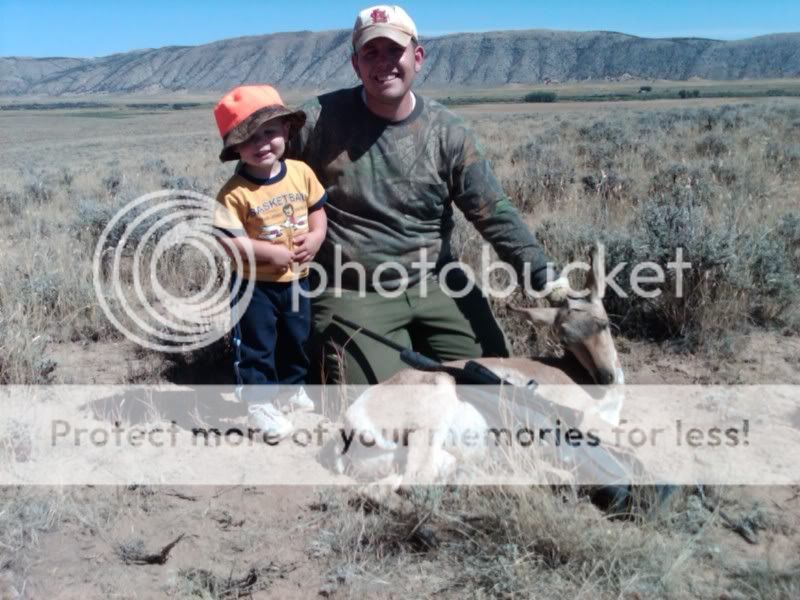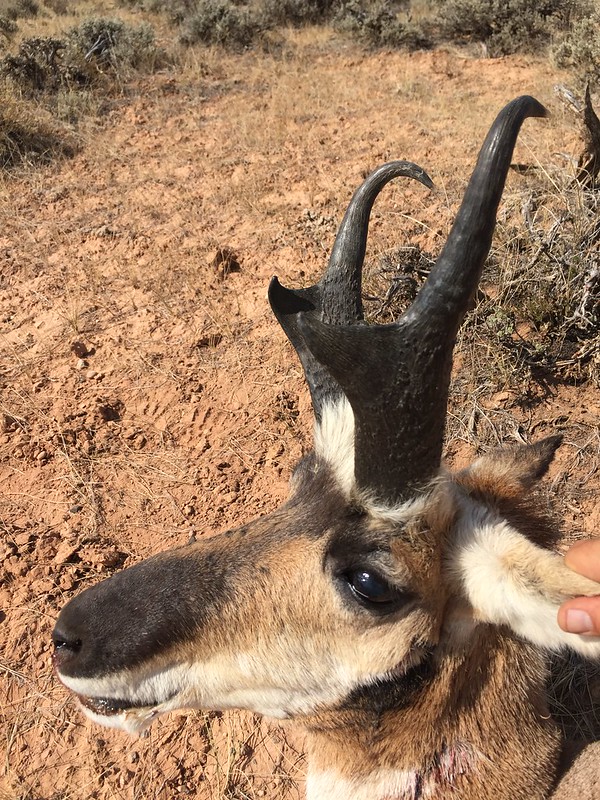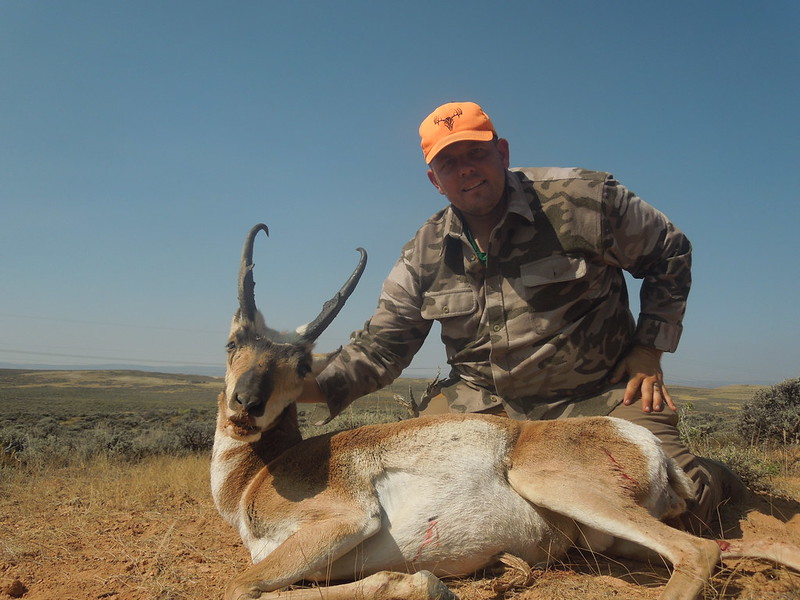Carl 9.3x62
Well-known member
I don't follow. Can you explain please?The "interesting management" I was involved in on the WMA I shot my buck off of was using cattle to kill sagebrush in an attempt to improve habitat for sage grouse.
And congrats on the buck! Sounds like a fun adventure.





 Untitled
Untitled DSCN2877
DSCN2877